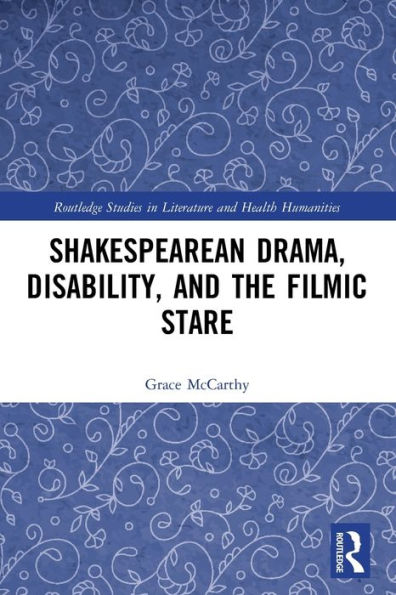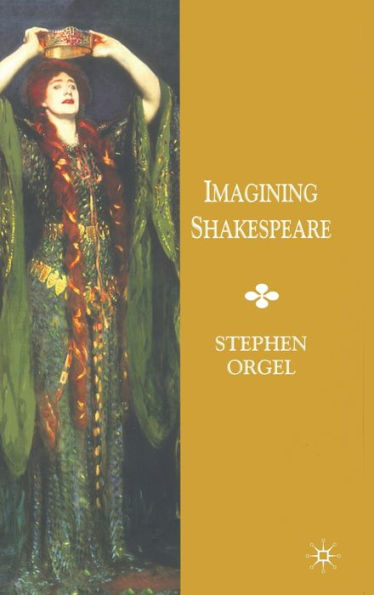Home
Shakespearean Drama, Disability, and the Filmic Stare
Barnes and Noble
Shakespearean Drama, Disability, and the Filmic Stare
Current price: $180.00


Barnes and Noble
Shakespearean Drama, Disability, and the Filmic Stare
Current price: $180.00
Size: Hardcover
Loading Inventory...
*Product information may vary - to confirm product availability, pricing, shipping and return information please contact Barnes and Noble
Shakespearean Drama, Disability, and the Filmic Stare
synthesizes Laura Mulvey’s male gaze and Rosemarie Garland-Thomson’s stare into a new critical lens, the filmic stare, in order to understand and analyze the visual construction of disability in adaptations of Shakespearean drama. The book explores the intersections of adaptation studies, film studies, Shakespeare studies, and disability studies to analyze twentieth and twenty-first century representations of both physical disability and ‘madness’ in global cinematic film, television film, and digital broadcast cinema in Shakespeare’s works.
argues that the filmic stare does not differentiate between male and female characters with disabilities, or between powerful and powerless figures in disability representation. This multi-disciplinary volume is ideal for disability studies scholars, Shakespeare scholars, and those interested in adaptations of Shakespeare’s famous works.
synthesizes Laura Mulvey’s male gaze and Rosemarie Garland-Thomson’s stare into a new critical lens, the filmic stare, in order to understand and analyze the visual construction of disability in adaptations of Shakespearean drama. The book explores the intersections of adaptation studies, film studies, Shakespeare studies, and disability studies to analyze twentieth and twenty-first century representations of both physical disability and ‘madness’ in global cinematic film, television film, and digital broadcast cinema in Shakespeare’s works.
argues that the filmic stare does not differentiate between male and female characters with disabilities, or between powerful and powerless figures in disability representation. This multi-disciplinary volume is ideal for disability studies scholars, Shakespeare scholars, and those interested in adaptations of Shakespeare’s famous works.







